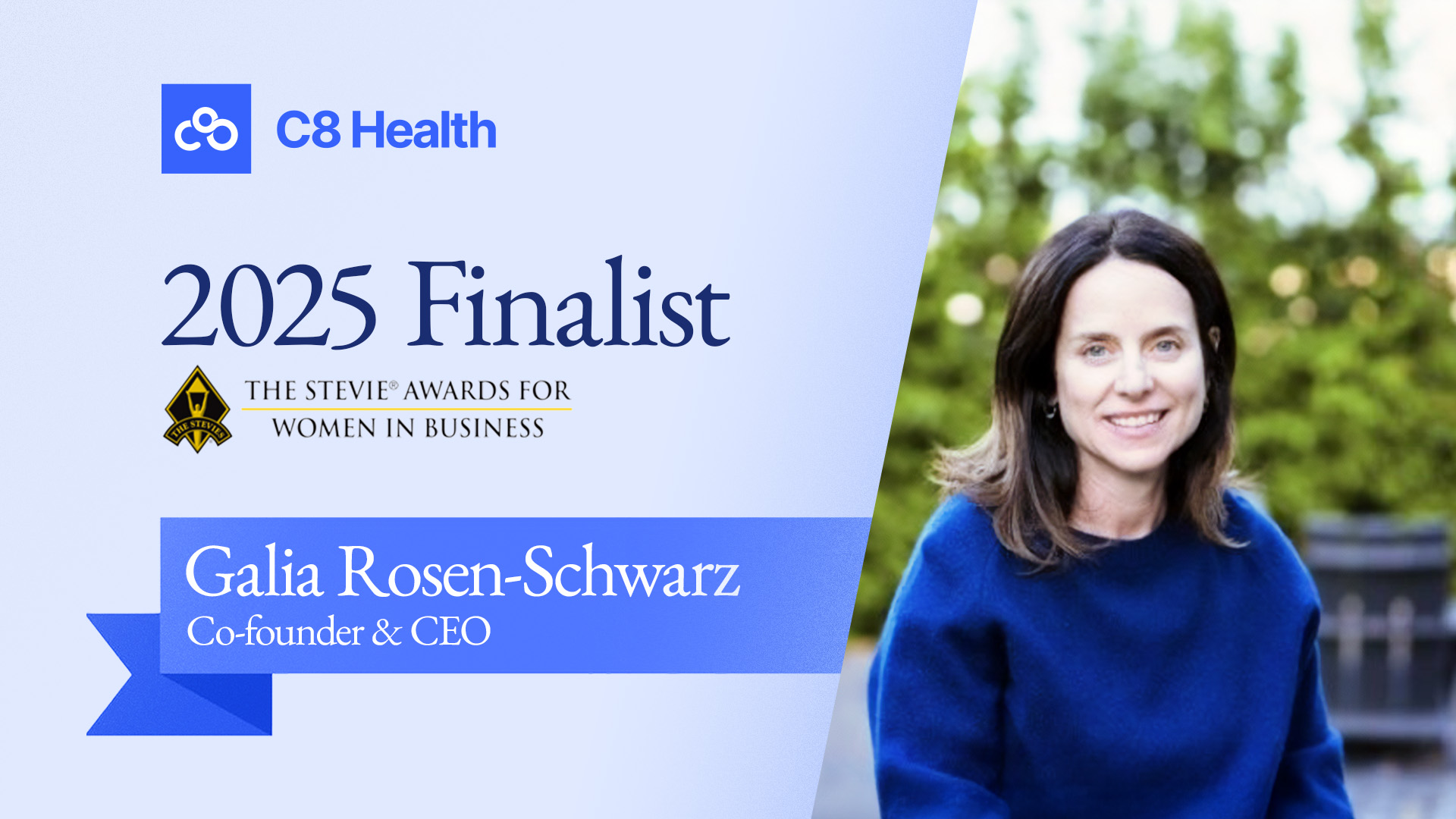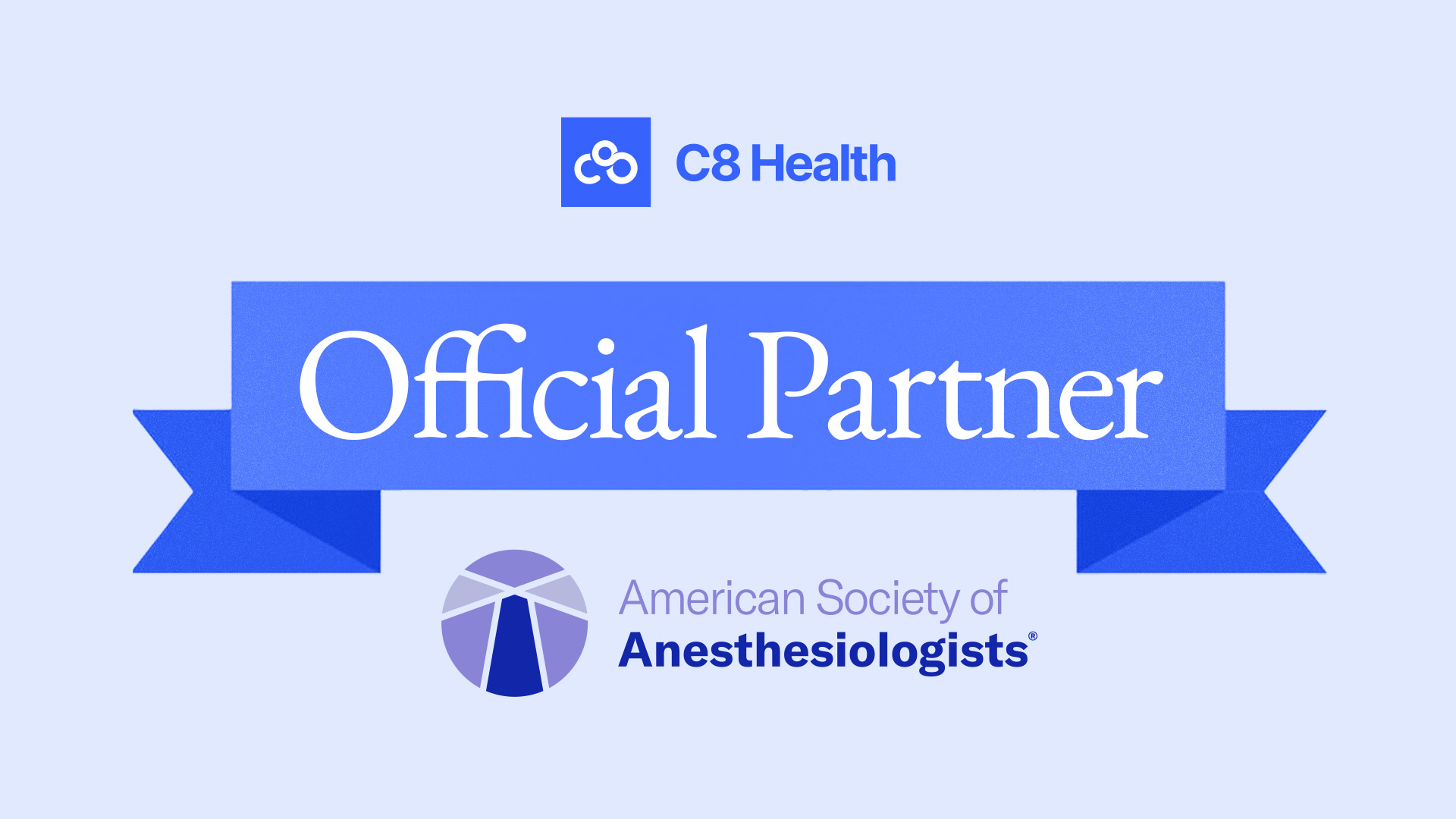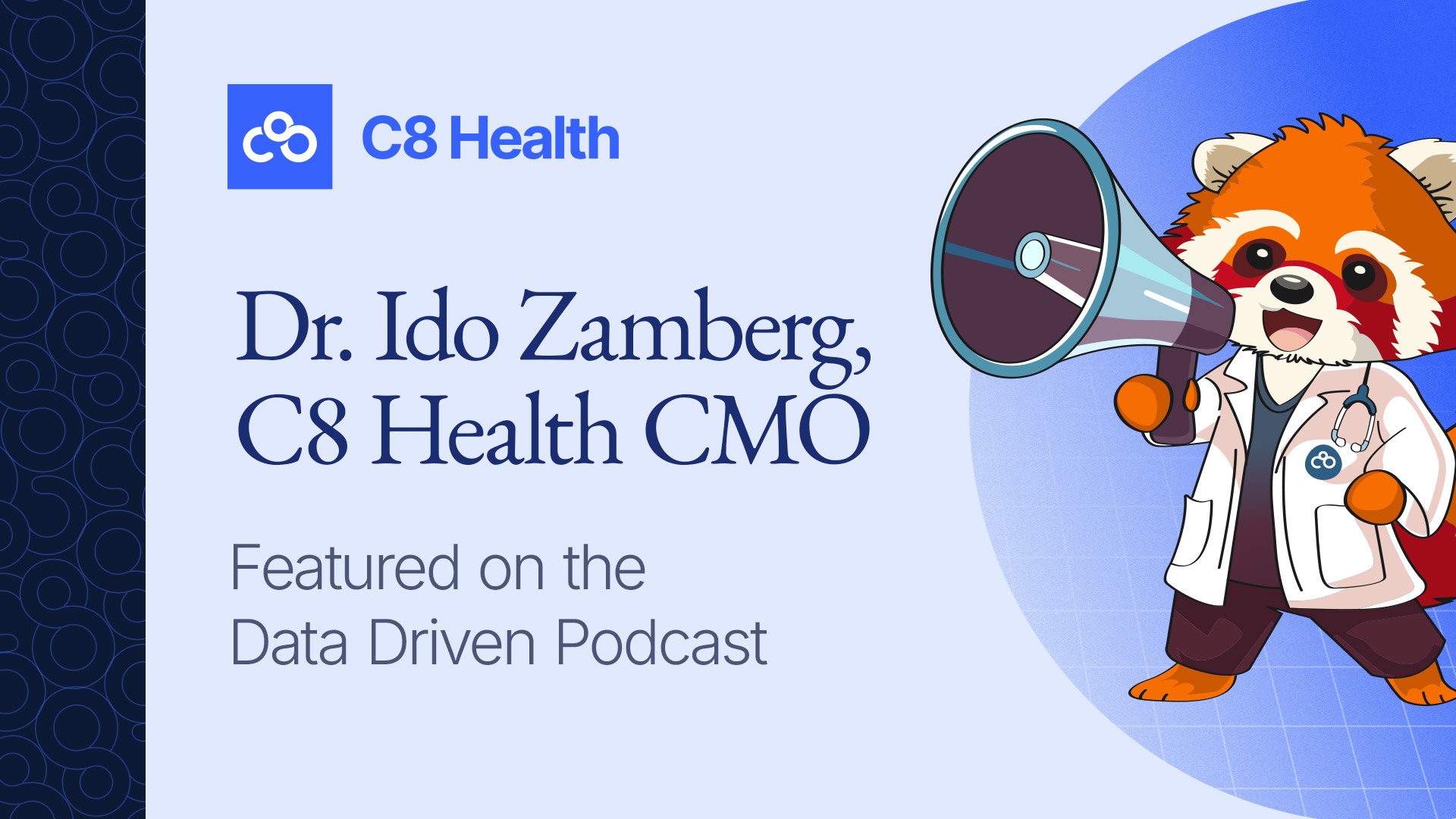Handle With Care
Explore how to transform your healthcare and enable your medical staff to make quick, safe decisions with locally vetted guidance. Get inspiration from our expert insights, innovations, and success stories.
ANESTHESIOLOGY® 2025 brought together thousands of anesthesiology professionals in San Antonio to...
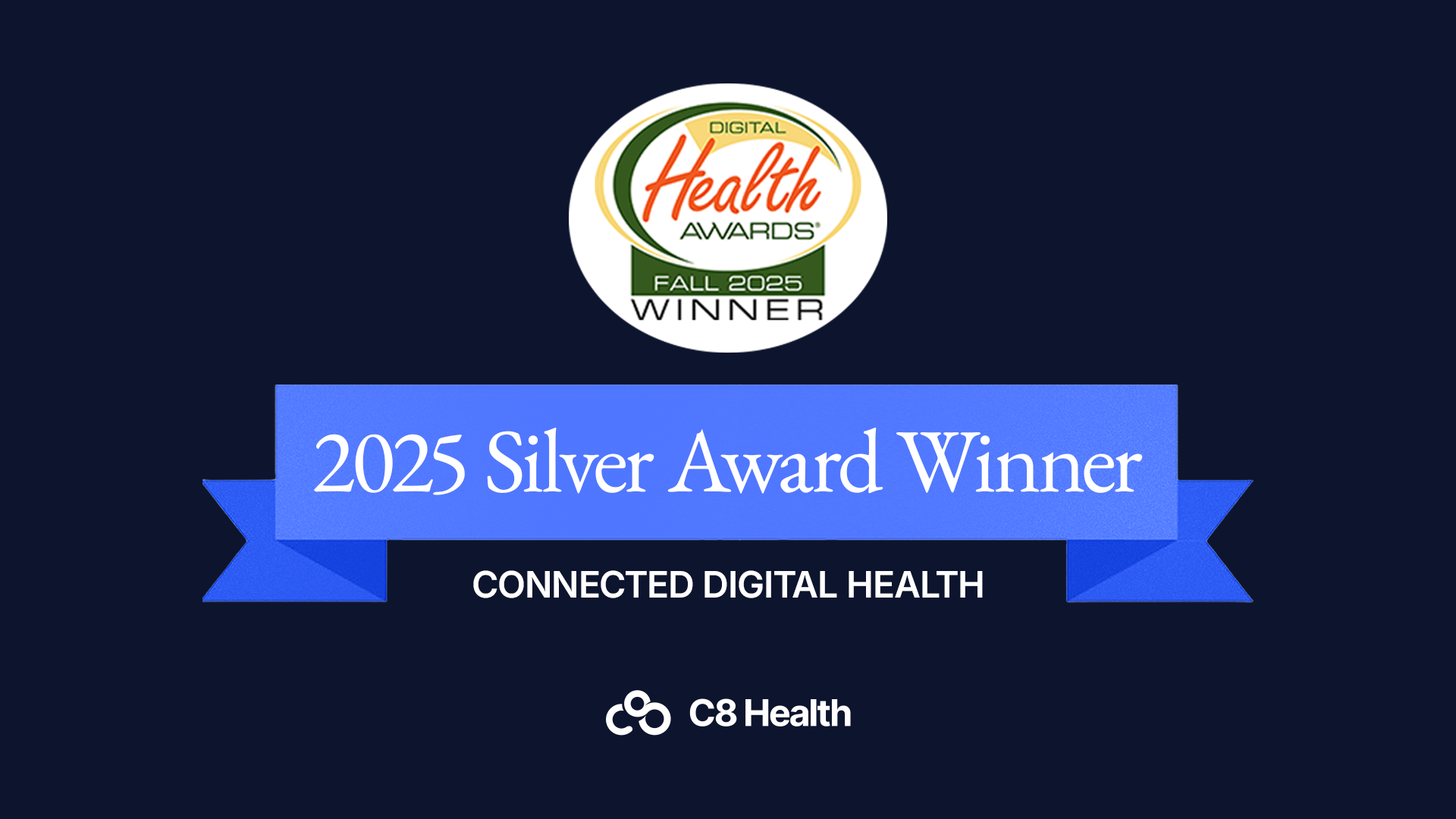

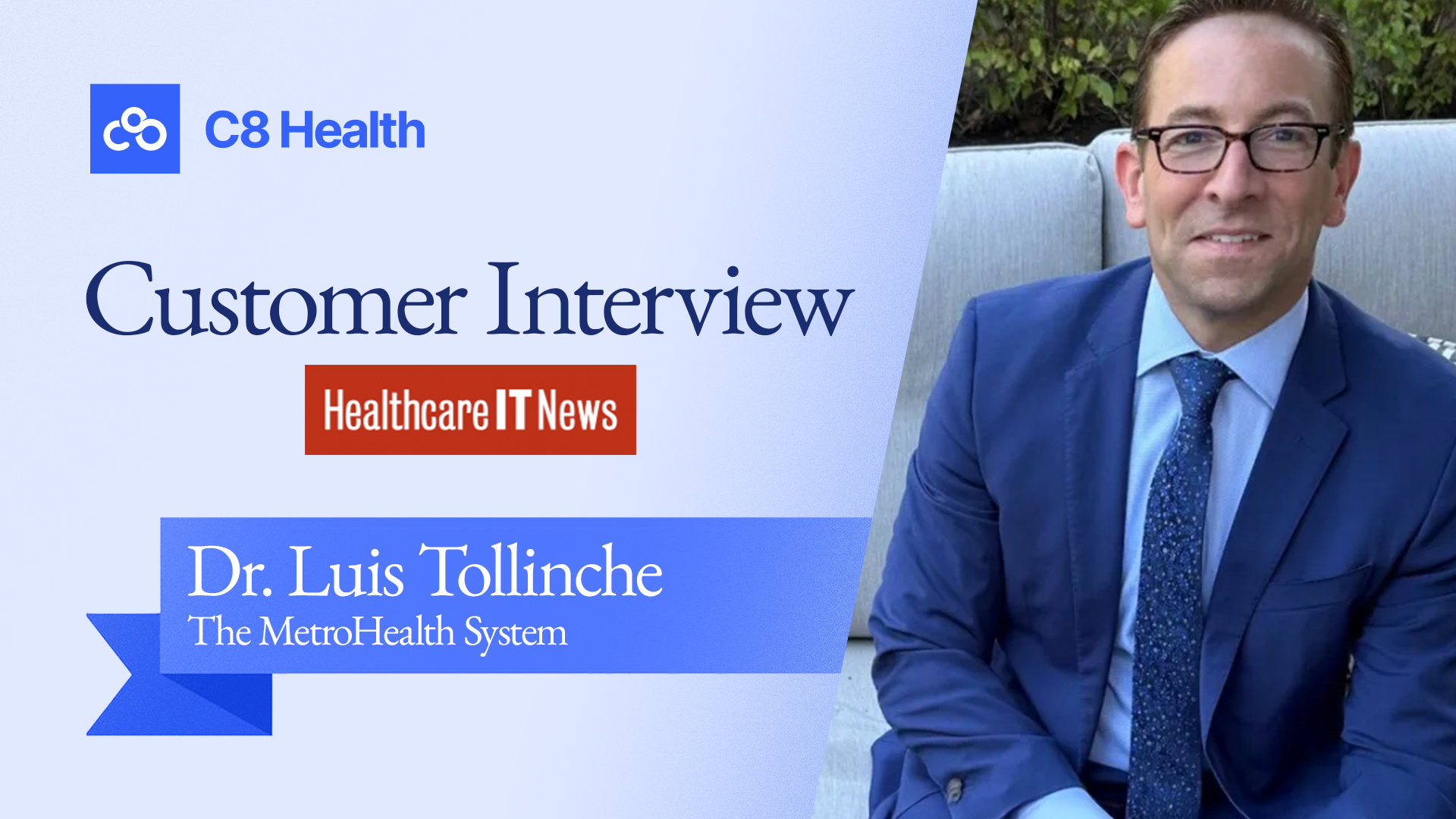
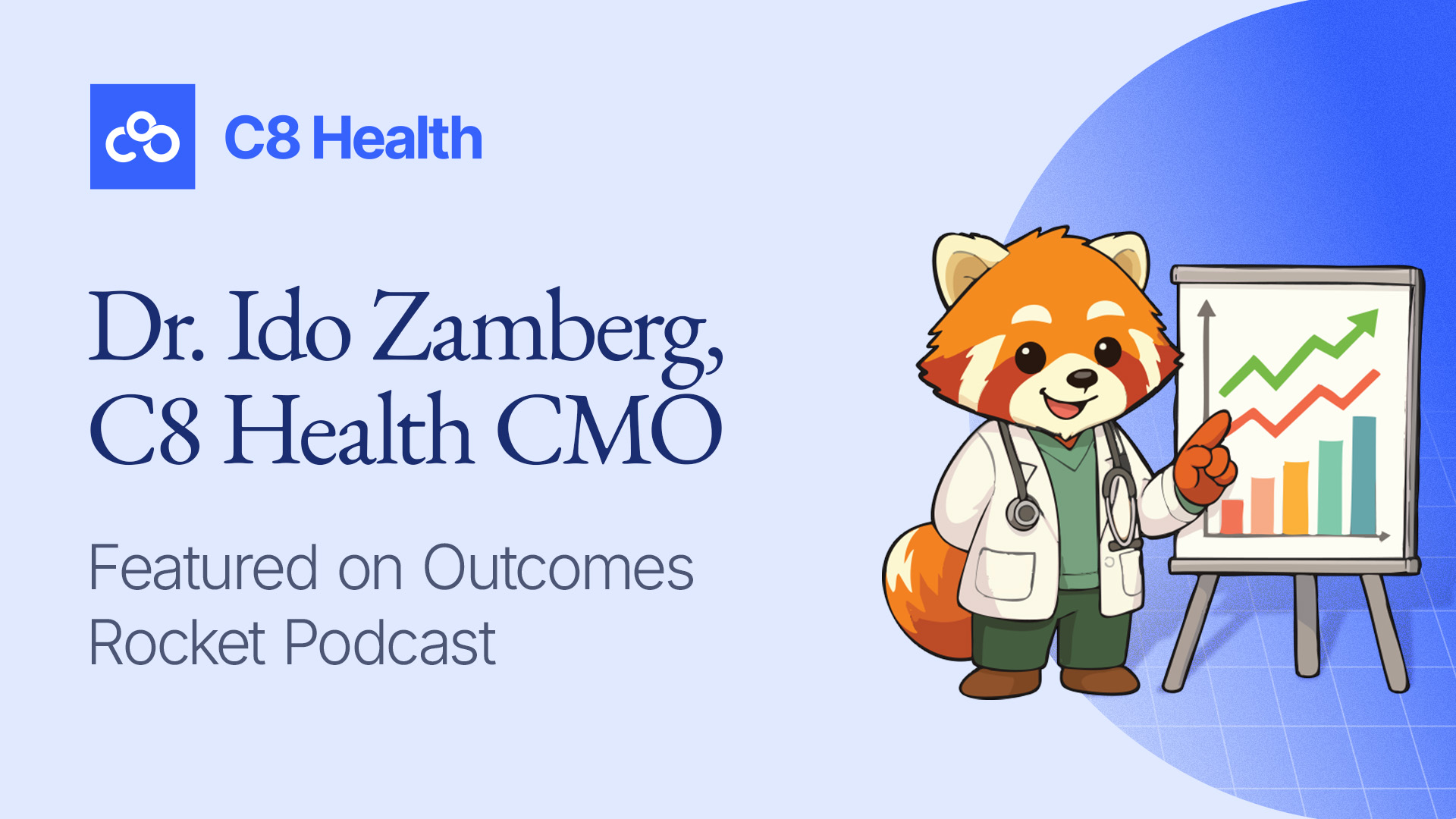

-1.jpg)
